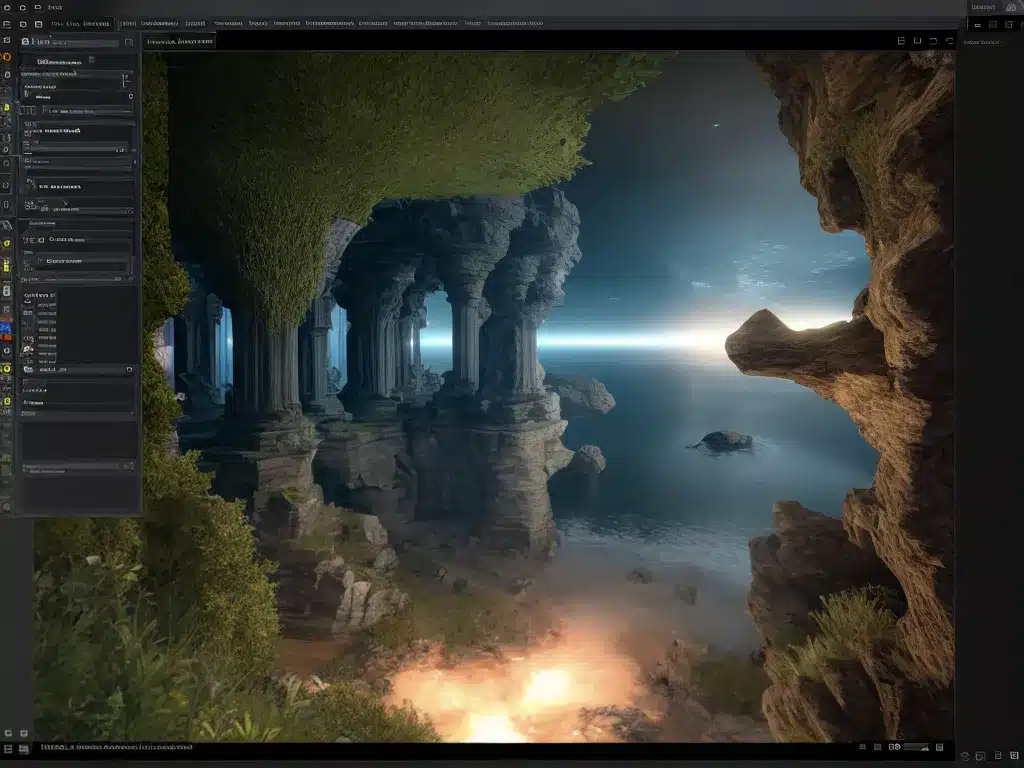
Introduction
DirectX 13 is the upcoming and yet-to-be-announced graphics API from Microsoft. As the successor to DirectX 12, DirectX 13 promises to bring new graphics capabilities and performance improvements to Windows and Xbox. In this article, I will provide an in-depth look at what we know and can expect from Microsoft’s secretive DirectX 13 graphics API.
Anticipated Release Date
Microsoft has not officially announced DirectX 13 yet or provided a release timeframe. However, given that there were approximately 5 years between the releases of DirectX 11 and DirectX 12, I anticipate Microsoft will unveil DirectX 13 sometime around 2023.
DirectX 13 will likely launch alongside the next generation Windows OS, codenamed Vanadium. The new DirectX version traditionally debuts with Microsoft’s latest OS to showcase its graphics capabilities.
Expected Features and Improvements
While concrete details are scarce, we can speculate on some of the likely improvements and new functionality coming in DirectX 13 based on the history of DirectX evolution and developments in real-time graphics.
Lower Level Access and Control
DirectX 12 gave developers much more low-level control over GPU hardware than previous versions. This helped reduce CPU overhead and unlock more performance from GPUs.
I expect DirectX 13 will provide developers with even greater access and control over GPU hardware for optimizations. This may include improvements like better support for asynchronous shaders, geometry pipelines, and newer GPU architectures.
Ray Tracing Improvements
Ray tracing was introduced in DirectX 12 to enable real-time cinematic quality lighting and reflections. However, it came with high performance costs.
DirectX 13 will likely expand on DX12’s ray tracing support with optimizations and new effects to make it more efficient and practical. For example, better BVH construction, inline ray traversal, and improved denoising algorithms.
Mesh Shaders
Mesh shaders are programmable GPU stages that allow processing geometry without involving the CPU. They can be used to implement culling, LODs, and complex animations efficiently on GPU.
I anticipate DirectX 13 will add first-class support for mesh shaders to unlock more GPU processing of geometry, improving performance and graphics quality.
Variable Rate Shading
Variable rate shading (VRS) changes shading rate dynamically based on need and importance to save rendering time. DirectX 12 added basic VRS support.
DirectX 13 will expand on VRS with new techniques like foveated rendering, allowing higher fidelity in focused areas. This can significantly cut rendering costs in VR and gaze tracking applications.
Multi-GPU Improvements
DirectX 12 improved multi-GPU support over DX11 with linked GPUs. However, developers still face challenges with asymmetrical multi-GPU and memory management.
I expect DirectX 13 will further improve support for multiple GPUs including better workload splitting, memory sharing, and next-gen GPUs like Intel Xe. This can boost performance and VRAM beyond single GPU limitations.
Platforms and Hardware Support
Considering DirectX 12’s wide reach, we can anticipate similar support for DirectX 13:
-
Windows: DirectX 13 will be included with the next gen Windows release, likely Windows 11. It will be supported on mainstream consumer Windows PCs and laptops.
-
Xbox: DirectX 13 will power graphics on Microsoft’s next gen Xbox, reported to be codenamed Anaconda. It will bring console-optimized features and performance.
-
Intel: Intel has contributed to DirectX in the past. I expect their upcoming Xe GPUs will fully support DirectX 13 features like ray tracing and mesh shaders.
-
Nvidia: Nvidia will likely offer day-one DirectX 13 drivers for their RTX GPUs and even add some custom DX13 extensions.
-
AMD: Similarly, AMD will provide DX13 support in their Radeon GPU drivers and collaborate with Microsoft on next-gen API features.
Backwards Compatibility
A key goal of each DirectX version is backwards compatibility with existing hardware. Microsoft will ensure DirectX 13 functions on mainstream DirectX 12 compatible GPUs from Nvidia, AMD, and Intel.
However, to access new DirectX 13 specific features like improved ray tracing support, updated GPU drivers or hardware will be required. Older DX12 GPUs will likely run newer DX13 software through a compatibility profiling layer.
Closing Thoughts
DirectX 13 signifies an exciting step forward for real-time graphics, building on the foundations of DirectX 12. When finally announced, we can expect lower overhead, more control, and support for cutting edge rendering techniques. Combined with new hardware, DirectX 13 aims to enable photorealistic real-time graphics along with major performance improvements. While details are still under wraps, the future looks bright for Microsoft’s secretive DirectX 13 graphics API.












